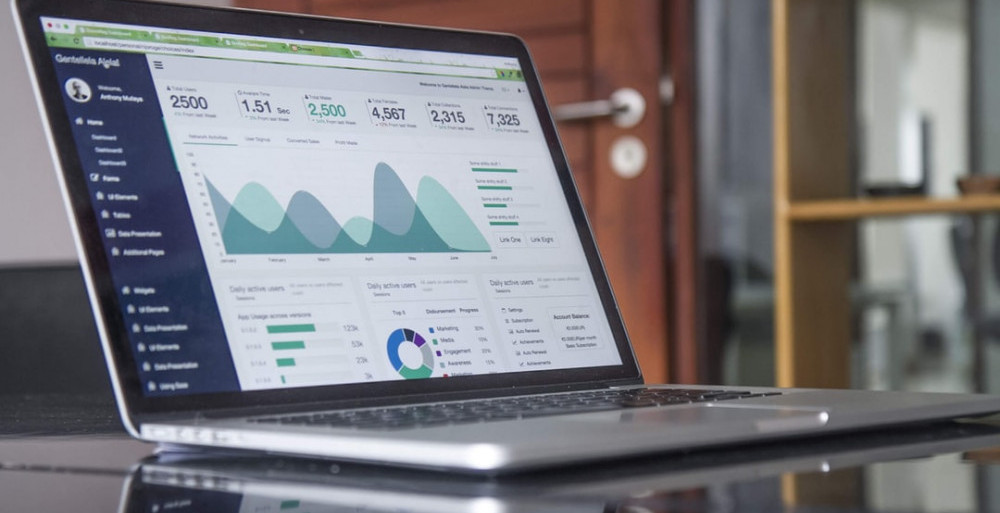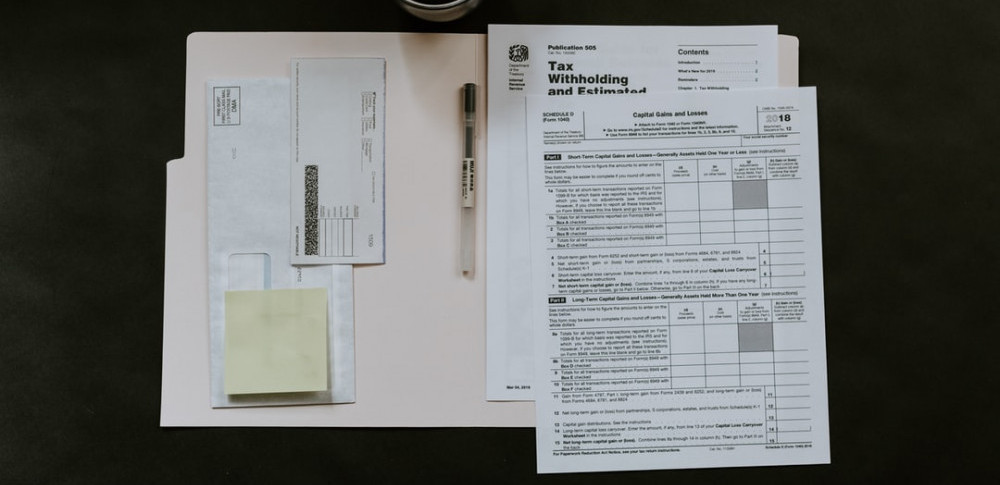What To Do With An Inheritance In The United States

Anyone planning on buying property in the USA will need to brush up on their knowledge of US inheritance law in order to protect the best interests of their loved ones. This is because, like most US laws, how things are governed will depend upon the state in which you’re located.
In the USA, inheritance laws govern how people receive their share of assets. They also govern which relatives have a statutory right to claim an inheritance even if they aren’t included in the express terms of the will. Each state either adopts a ‘community property approach or a common-law approach this essentially determines the way in which estates are divided and which members of the family are automatically entitled to their share.
What are the inheritance laws in the United States?
In the USA, there are three main areas to pay particular attention to probate, legacies, and in-trust issues. While many of the standard areas of probate will be the same across the USA, there will be different laws for different states – so we’ll only be looking at the most general matters. However, there are a number of other issues that are unique to the USA and require special attention. Why should you consider filing a probate case? Probate cases are typically used for handling inheritance requests from surviving family members, which are generally made by a written letter to the executor, or the closest relative who is a legal guardian.
How does inheritance work in the USA?
When you leave an estate to someone in the US, a strict set of rules apply. Like in most other countries, the general rule is that all money, property, or other assets passed down to beneficiaries are treated as the property of that person, even if they aren’t named in the will. In particular, a beneficiary isn’t entitled to a share of property that was acquired by means of another person’s will or other written testament. This means that you can’t leave all your money to a dependent, as this would amount to an indirect gift, which is not allowed. The test of heirship is key The proof of heirship required for an inheritance to pass through the hands of beneficiaries is often referred to as the “test of heirship”.
Inheritance Rules in the United States
The following are some examples of what can happen if you are considering an inheritance in the USA:
1. A disinherited child is entitled to claim a share of the estate, even if they weren’t involved in the will or executor.
2. A person can give away one-quarter of their assets, but if they die intestate (without a will) their heirs will be entitled to only one-sixth of the total amount.
3. If a loved one dies without leaving a will, they will not be eligible for a share of the estate, which will go to the nearest blood relative of the deceased.
4. If a parent has pre-existing debts of more than $20,000 at the time of their death, they may be subject to bankruptcy.
5. If a child inherits the entire estate, there will be a financial sibling that will receive a flat tax of 35 percent.
This post contains affiliate links. Please please read my Disclaimer for more information
Who has a right to claim an inheritance?
When an estate is placed in the trust, the executor, who is typically the trustee’s lawyer, is responsible for distributing the inheritance among relatives and even to charities. However, while heirs might receive some of the inheritance, the rest is administered by the trustee. If a person dies without leaving a trust, the entire estate will go to the state. It’s up to the state to distribute the assets. In this way, it doesn’t matter whether the person who will be receiving an inheritance actually exists. When to claim an inheritance If an heir (or in some cases, a trust or executor’s lawyer) is unable to reach the relative who is to receive the inheritance, they can go to court to fight for their rights to the money.

What to do with an inheritance in the United States?
There are a number of situations where it’s necessary to make provisions for what will happen to an inheritance once the person is no longer alive. This usually means leaving some sort of legal responsibility in place, even if the person whose inheritance you’re planning to leave to isn’t technically a relative. But it also means appointing a guardian or executor, if the person being left money is not mentally capable of making decisions. Depending on how you intend to dispose of an inheritance, it’s possible that you might also need to appoint a caretaker. If this is the case, you should be aware that you will need to spend money on their services for the duration of the person’s life, after which you’ll have to find some way to support them when they can no longer live alone.
Who is entitled to inheritance in the USA?
According to the United States courts, inherited assets fall into two broad categories: property and debt. Individuals who are deceased and had no interest in the family home or businesses generally don’t have the right to an inheritance and so their assets are entirely passed onto the executor of their will. After they’ve died, the property of a person who still has an interest in the estate passes to family members who were close to the deceased person. These relatives include grandchildren, siblings, spouses, parents, and others who were close to the person and who survived them. This means they can access any money they were entitled to before their relative died.
What can you do if you don’t want to share your inheritance with other relatives?
Although the general inheritance laws of the USA dictate that a person may exclude others from receiving an inheritance, this is based on the fact that they didn’t expressly write about it in their will. A person may be able to specify in their will that other relatives should not receive any share in the property. But, this will only apply to property left to the descendants in a living will. If the person is deceased, the law dictates that it must go to the nearest living relative. What about Ireland? Although it’s a long way away, Irish inheritance law is very similar to that in the USA. The biggest differences arise when dealing with inter-family disputes, as there are different rules regarding who may act on the executor’s behalf.
How much can you inherit in the United States?
While it’s fairly common for an executor to receive an inheritance worth half of the estate’s value, estate lawyers will argue that that’s the maximum you’re allowed to receive. If you’re buying property in the USA, it’s worth noting that legal guardians may receive a “survivor’s share” in the case of a joint estate, which allows them to receive a larger proportion of the inheritance if they were unable to have a legal capacity to make decisions in the first place. It’s worth remembering that this is in the case of a common-law family. There are a number of reasons why a bereaved relative may need to raise a new child as a ward of the state in the USA.
Taxes for US Citizens
As a US citizen, you have an equal opportunity to inherit assets from an American citizen or an American company. As well as being able to inherit any personal estate and inheritance could be subject to inheritance tax (called ‘estate tax’ in the UK). It is in the US estate planning requirements that this tax is calculated at a rate of 15%. Inheritance abroad If you are looking to inherit assets abroad, you need to ensure that they are received overseas. If you are a US citizen, any assets you receive in a foreign country will be subject to a double taxation agreement between the US and the recipient country. The rules regarding inherited US property or goods abroad are detailed below. How can I protect my inheritance? A trustee is often used to hold the contents of the estate.

Conclusion
In the UK and most of Europe, you can leave everything to the government once your death has occurred. However, in the USA, it is important to know all of your options before making any decisions. This will give your family the best chance of obtaining the financial support that they may need in your absence. Have you ever considered the implications of leaving assets to the government?
“If you have any feedback about what to do with an inheritance in the united states that you have tried out or any questions about the ones that I have recommended, please leave your comments below!”
NB: The purpose of this website is to provide a general understanding of personal finance, basic financial concepts, and information. It’s not intended to advise on tax, insurance, investment, or any product and service. Since each of us has our own unique situation, you should have all the appropriate information to understand and make the right decision to fit with your needs and your financial goals. I hope that you will succeed in building your financial future.
















 If you are switching jobs, you’ll soon find out that the W-4 form that every employee has to fill out in order to determine the amount of taxes that are withheld from each paycheck has changed. The Internal Revenue Service (IRS) says it has revised the form in order to increase its transparency and the accuracy of the payroll withholding system.
If you are switching jobs, you’ll soon find out that the W-4 form that every employee has to fill out in order to determine the amount of taxes that are withheld from each paycheck has changed. The Internal Revenue Service (IRS) says it has revised the form in order to increase its transparency and the accuracy of the payroll withholding system.